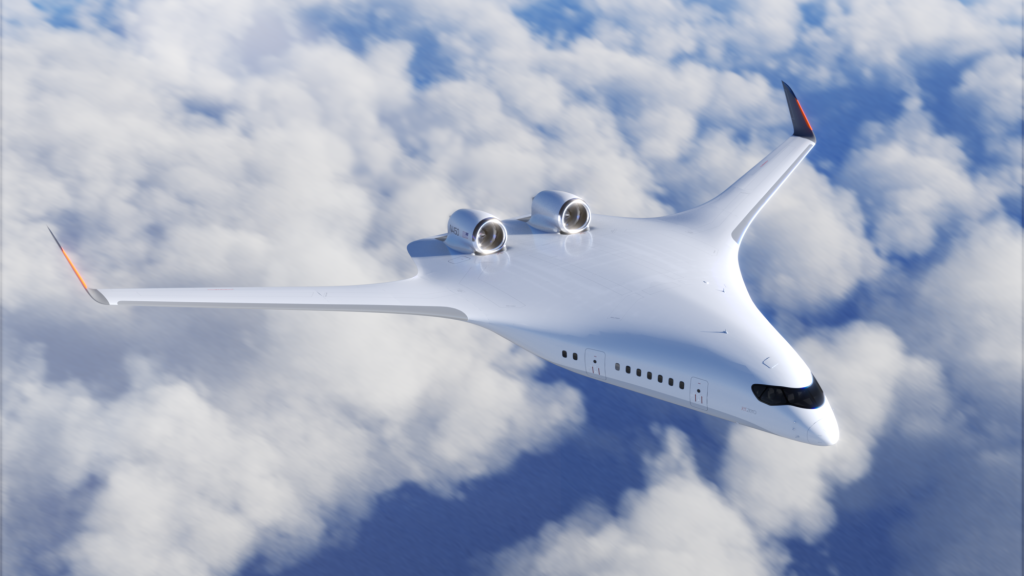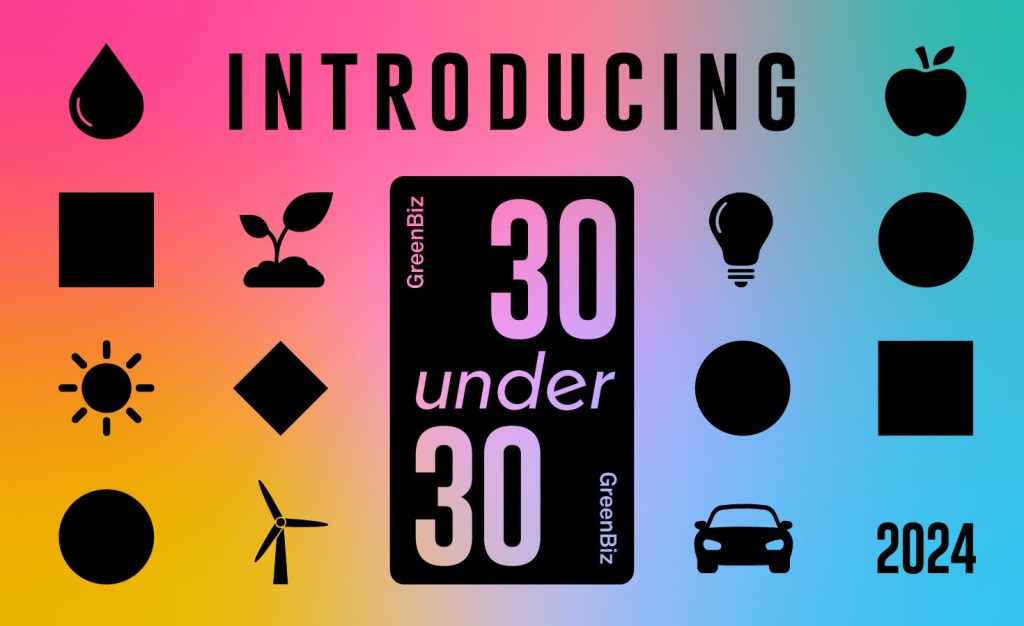Delta is latest carrier to back aircraft design capable of halving flight emissions
The carrier joins Alaska Airlines and easyJet in support of a game-changing new design. Read More

Plans to bring a revolutionary new aircraft design to market received a boost after Delta Air Lines announced a partnership with JetZero, the startup behind the technology.
JetZero’s blended-wing-body (BWB) craft, which is almost triangular in shape, uses more of the surface of the plane to generate lift. This leads to a lighter body and engines, which generates fuel savings. The more efficient design will also allow the plane to fly around 5,000 feet higher than conventional craft; lower air resistance at this altitude results in additional efficiencies. These factors combine to create a craft that — on paper, at least — requires 50 percent less fuel to operate.
That would be a huge leap forward for an industry that is used to working for years to eke out even a 1 percent gain in fuel efficiency. “This is a step-function improvement over what we see today, which makes it so exciting,” a Delta spokesperson told Trellis.
Multiple backers
Under the terms of the partnership, announced March 3, Delta will provide operational expertise to accelerate the commercialization of JetZero’s new design. The move follows a $235 million grant to JetZero from the U.S. Air Force in 2023 and last year’s investment by Alaska Airlines, which included an option for the carrier to purchase JetZero craft when available. The startup is also working with easyJet to investigate the potential of a hydrogen-powered BWB craft.
The BWB concept was developed in the 1990s, but bringing new aircraft designs to market is expensive and time-consuming. Pressure to do so has been mounting, however. Aviation, which accounts for around 2.5 percent of global emissions, has few decarbonization options. Following decades of optimization, experts see limited potential for improving the efficiency of conventional tube-and-wing aircraft. Sustainable aviation fuel remains several times more expensive than fossil alternatives. The lack of options has pushed carriers to explore some surprising innovations; Delta, for example, is investigating flying planes in pairs, with the craft at the back riding the uplift of the leader.
Rethinking interiors
JetZero’s concept is a welcome addition to the industry’s list of options. The craft is designed to work with existing runways and gates, lessening the need for infrastructure changes to accommodate it. Because it’s wider, there is also the opportunity to rethink how interior space is used. JetZero’s current designs, which seat around 250 passengers, include more aisles and bin space, which could speed up onboarding and offboarding. Delta will provide advice on interior design as part of the partnership agreement. Even those not on the plane stand to benefit: JetZero’s design places the engines on the top of the aircraft, which means more of the noise is reflected away from the ground.
Despite the potential, JetZero, like any aviation startup, faces a challenging path to market given the heavily regulated nature of the industry. The company is currently testing a scaled-down BWB craft with a 23-foot wingspan. A full-scale demonstration craft, produced in collaboration with the U.S. Air Force, is slated to fly in 2027.













